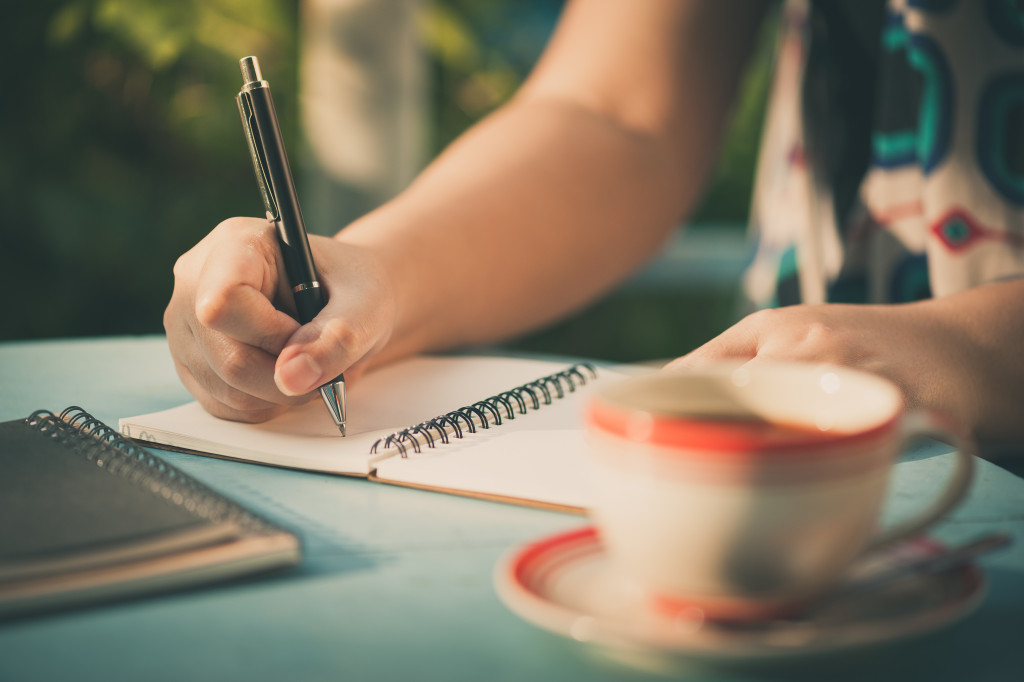We live in a stress-filled society. From the moment we wake up to when our heads hit the pillow at night, we are bombarded with tasks, deadlines, and responsibilities. It’s no wonder so many of us feel frazzled and burnt out all the time! One way to help combat this feeling is to practice mindfulness.
Mindfulness is the act of being present in the moment and paying attention to your thoughts, feelings, and surroundings without judgment. Not everyone knows how to practice mindfulness, so here are a few tips to get you started.
1. Take a few deep breaths.
This may seem like a no-brainer, but taking some slow, deep breaths is one of the quickest and easiest ways to reduce stress and center yourself. Whenever you feel overwhelmed, try to close your eyes and take three deep breaths in through your nose and out through your mouth. Repeat this several times until you feel yourself start to relax.
Breathing also helps to clear your head of any intrusive thoughts and gives you a sense of clarity. You can even take a few minutes to focus on your breath before starting a task. Meditating on your breath can help ground you and set the tone for a productive day.
2. Consider journaling.
Sometimes our thoughts and feelings can get so jumbled up that it’s hard to make sense of them. Taking a few moments each day to journal can help you express and constructively explore these thoughts. Writing is also a great outlet for voicing difficult verbalizing emotions. It allows us to process our ideas in a way that can be both helpful and healing.
There are also automated journal apps that can help you keep track of your entries over time. Not only can this be a great way to document your progress, but it’s also an excellent way to track your mood and behavior patterns. If you’re feeling stuck in a particular emotion, this can be a valuable tool for discovering the root cause of it.

3. Eat mindfully.
We’ve all been there—we’re so busy that we barely have time to grab a quick bite, let alone sit down for a proper meal. But it can make a big difference if you can take a few minutes to eat mindfully. Mindful eating means savoring your food’s taste, smell, and texture, and how your body feels as you’re eating it. This means no more wolfing down your lunch while scrolling through Instagram!
You can try to practice mindful eating by ensuring you aren’t multitasking, savoring the flavors of your food, and stopping when you’re no longer hungry. This can help you become more aware of how much and what foods are best for your body. Don’t forget to take a break and enjoy the pleasure of your meal. If you can, make mealtimes a part of your mindfulness practice.
4. Get lost in nature.
Nature has a way of putting things into perspective. When you step outside and breathe the fresh air, it can help ground you and give you some much-needed perspective. This doesn’t mean you need to go on a week-long hike—a 10-minute walk around the block will do the trick! Many people find that spending time in nature helps them to reconnect with their inner selves and become more mindful.
A good way to practice mindfulness in nature is to bring your attention to the sensations of your body as you move, such as how the ground feels beneath your feet and how the air smells. You can also take a few moments to really look at the beauty of nature around you and appreciate its perfection. Because nature has such a calming effect, it can be a great place to practice mindfulness.
5. Disconnect from technology.
In our always-connected world, it’s easy to get lost in our phones or computers without even realizing it. Make a conscious effort to disconnect from technology for at least 30 minutes each day—turn off your phone, log off from social media, and give yourself some time to be present without distractions. You might be surprised at how refreshed you feel afterward.
You can also use your devices mindfully. Rather than aimlessly scrolling through social media feeds, be intentional in how you interact with technology. Read articles that expand your knowledge or watch videos that make you laugh. Treating technology as a tool rather than a distraction can help you stay present in the moment and stay mindful.
Mindfulness isn’t about changing who you are or how you live—it’s about becoming more aware of the present moment and appreciating everything life has to offer, even when things are tough. By incorporating some simple mindfulness practices into your everyday life, you can help reduce stress and find more peace and joy in the little things!



